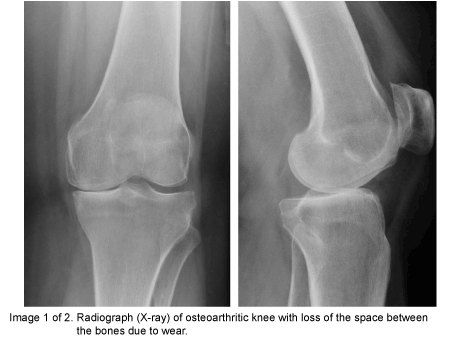A knee replacement is generally a safe surgical procedure. For most people, the benefits in terms of improved mobility and less discomfort, are greater than the disadvantages. However, all surgery carries an element of risk. This can be divided into the risk of side-effects and the risk of complications.
- info@patricklusty.co.uk
- 01702 445767
Knee / Knee Replacement
Knee Image/s
 A general description of knee replacement surgery can be downloaded from this page. There are some differences with joint replacement under the care of Mr Lusty which may help to decrease anxiety regarding surgery.
A general description of knee replacement surgery can be downloaded from this page. There are some differences with joint replacement under the care of Mr Lusty which may help to decrease anxiety regarding surgery.
Pain
This is the biggest concern of most patients having a knee replacement. Modern techniques will allow better pain control and a more rapid recovery. Analgesia is started before surgery. Spinal analgesia gives a better pain control and a quicker recovery. It is possible for patients to have a spinal anaesthetic and to be sedated so they are not aware of the surgery if they want, or general anaesthetic is an alternative option. Local anaesthetic is injected into the knee and regular pain relief is given following surgery with extra analgesia available if this is not sufficient. A knee replacement will not be pain-free but it can be a tolerable procedure.
Mobilisation
Mobilisation starts in recovery. Patients are encouraged to lift their legs up and to start to bend the knee when they leave the operating theatre. When they return to the ward, about 80% of patients stand on the day of surgery and may take their first steps.
Clips and Drains
Patients do not usually have clips or sutures to remove, or any drains left in situ, after the operation. They will have a tight dressing from the toes to the thigh, which supports the knee and improves pain control.
Recovery
The emphasis needs to be on rapid recovery, rather than rapid discharge. The average day of discharge is the third day after surgery. Some patients, through individual circumstances or rate of recovery, do stay longer than three days in hospital. This does not have a bearing on their final function.
Further Information
These are the unwanted but mostly temporary effects of a successful procedure. After surgery, your knee is likely to be swollen and sore to move for up to three months. The skin over the knee and scar are likely to feel numb. Sometimes this is permanent. Your bowels may take a while to return to normal. You may have difficulty passing urine on the first day or so. A catheter (a thin tube) may be inserted into the bladder to help urine flow.
This is when problems occur during or after the operation. Most people will not be affected. The main possible complications of any surgery include an unexpected reaction to the anaesthesia or excessive bleeding during or soon after surgery. A blood transfusion may be required to replace excess blood loss. The chance of complications depends on the exact procedure you are having and other factors such as your general health. You should ask your surgeon to explain how these risks apply to you.

